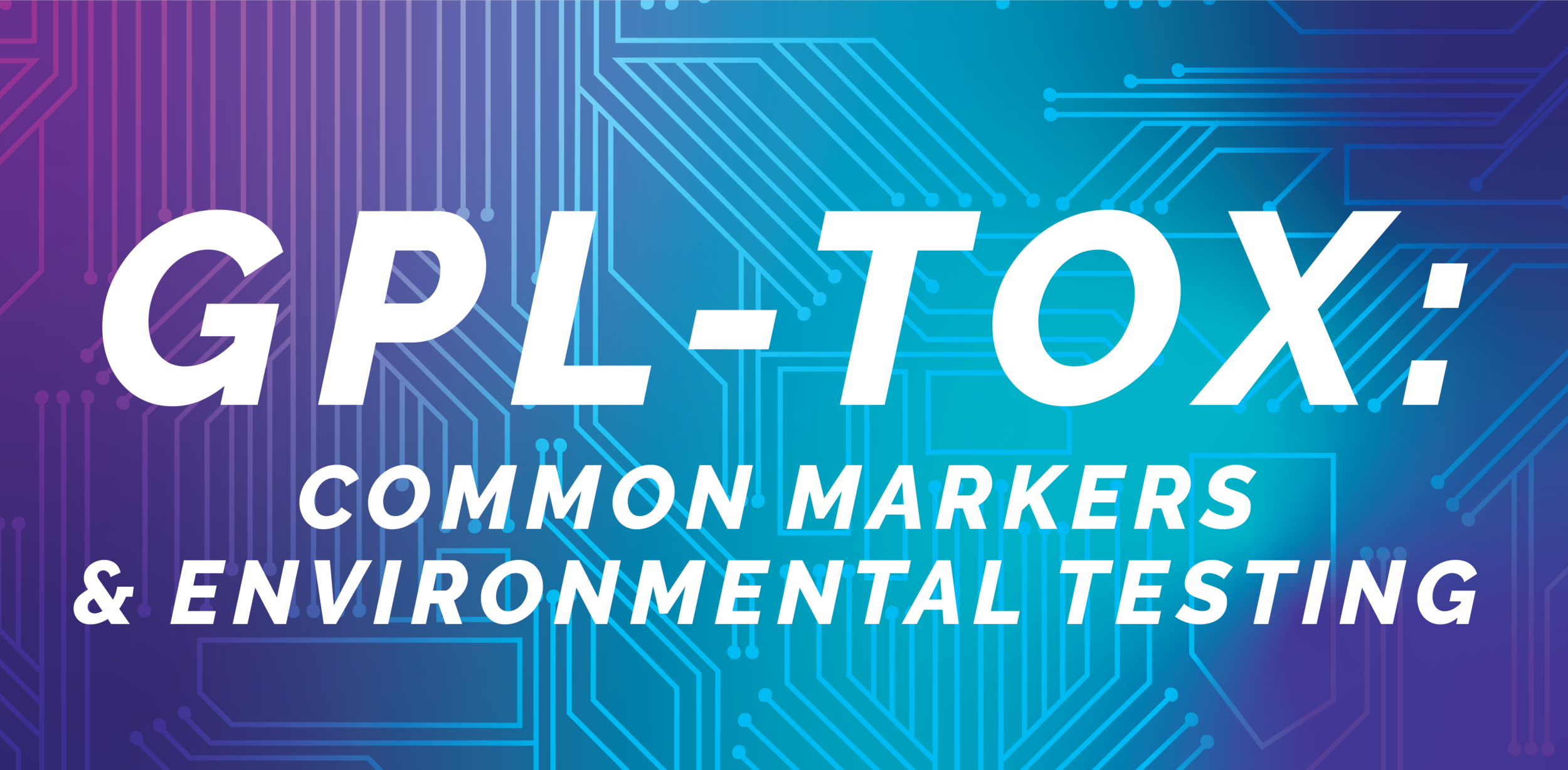Jasmyne Brown, ND
This webinar discusses some common toxins assessed on the GPL-TOX Profile. We discuss the effects of exposure and where to find these common toxins. Briefly, we will take a look into options for testing the environment to identify potential exposure in your everyday life. Below are answers to questions from the webinar.
Q: What if the person is not able to excrete in the urine and stores in the fat tissue? How would you determine those toxins?
A: These are stored in the fat tissue when there is long term or a high level of exposure. In that case, whatever could not be excreted at that time would then be stored, but you would still see elevations on the test from the toxin that had been excreted at that time. If you are still concerned, you would need to find a company that does a fat biopsy and would test for the toxins that are in question. I’m not aware of labs that do that.
Q: Would you refrain from using this test in individuals with compromised kidney function?
A: If there is an issue with concentrating the urine, you may consider not doing the test, but since a variety of these can cause kidney disease, I would at least rule them in or out. If the creatinine is too low, the sample will be rejected. This is the worst that would happen in someone with compromised kidney function.
Q: Are you seeing low RBC counts and low minerals in general?
A: In some clients, I see low minerals, but this isn’t a consistent, across the board finding
Q: What do you see mostly, or all the time?
A: Acrylamide and 1-bromopropane are the most prevalent that I see.
Q: Are there common exposures you are seeing with excess marijuana use?
A: I haven’t seen many reports from those that admit to using marijuana so I couldn’t really say. The few cases I have had acrylamide higher and some pesticide. The practitioner and I were concerned it was marijuana grown with pesticides.
Q: What do you think about well water? What are the risks if they don’t have a water filter?
A: I think well water is a good option but depending on what is near the well can open a door for any of these contaminants and heavy metals. High level exposure and subsequent symptoms are the risks if there is no water filter. If you are concerned, check out the EWG Tap Score and see what could be in the water.
Q: So if you work in IT, around electronics, how do you protect yourself?
A: If you are working in IT, meaning not manufacturing the electronic, your risk of exposure has greatly decreased. Take breaks from your computer and if you have a new system, consider wearing a mask for the first few weeks to reduce your exposure as it is still off gassing.
Q: Please talk about marker 17.
A: This toxin is a common herbicide and used in chemical industries. Cigarette, gasoline, and oil burning also produce acrolein. It can contaminate water supplies and it is produced by clostridium bacteria.
Q: My husband tested very high on propylene oxide. Level is 2,603. We are gluten free and eat a lot of nut-based products and almond milk. Could this create this high level or is it his work environment? He works at an auto sales lot around a lot of car chemicals, etc. (for 30 years). Have you seen a level this high for this marker?
A: Your diet may be a contributing factor, but due to his occupational exposure that would be a larger source of exposure. You can reduce his exposure by switching to organic nut products. I have seen this marker this high before, it was due to contaminated water supply.
Q: What about testing for glyphosate?
A: Water testing and testing glyphosate exposure can both be done with GPL.
Q: RE your MTBE statements. "Does not test for past exposure." Does the test measure for fat storage or not?
A: Fat storage can only be directly measured by a fat biopsy and then testing of the chemicals. I am not aware of a lab that does this. The urinary metabolite does not directly tell us if the toxin was only from what was stored in fat tissue. But if it is stored, that means there is a large source of exposure or prolonged consistent source the body cannot process fully and is storing for later detox.
Q: Do you know of something like the EWG Tap score for Canada?
A: I’m not sure honestly. I tried a Canadian zip code and it seemed to work. Give yours a try: HERE
Q: What is contact info for my tap score?
A: HERE
Q: Which whole house water purification unit do you recommend?
A: I don’t recommend whole home systems. I have heard many horror stories of mold being found in them.
Q: Which air filter do you recommend?
A: Any product that uses a HEPA filter would be good to consider.
Q: Glyphosate 2.15 how bad is this?
A: This is in the expected range but higher than those that typically eat 100% organic. You may try eating more organic. If you already do there may be a hidden air borne or water exposure.






































































































